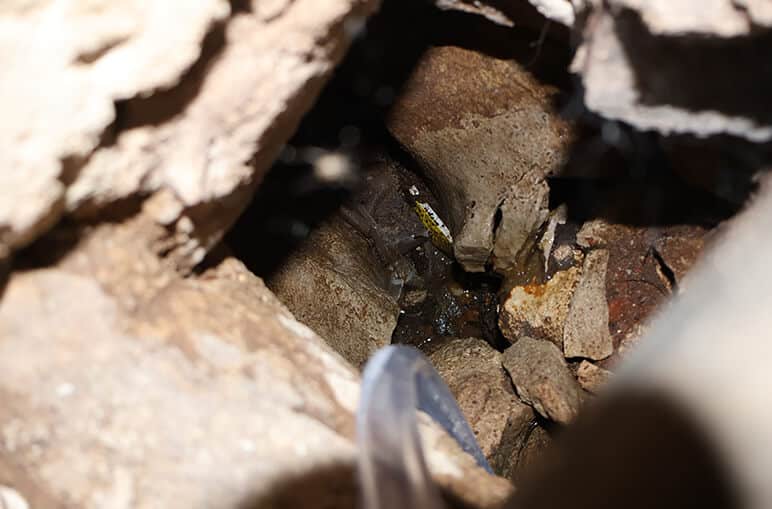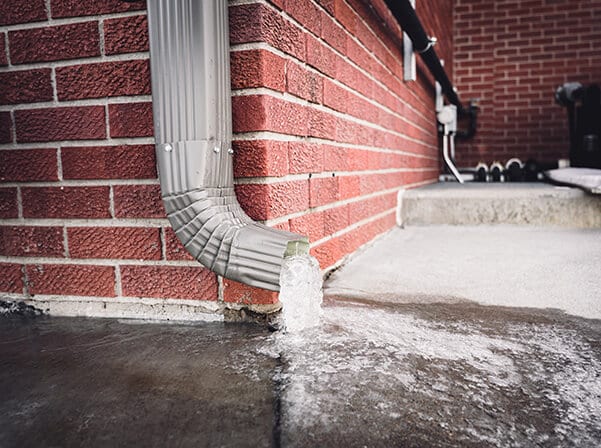Causes of Foundation Damage: What Homeowners Need to Know
Your home’s foundation is the backbone of its structure. When it’s compromised, the safety, comfort, and value of your home are at risk. Yet, many homeowners don’t realize how vulnerable foundations are to damage or what actually causes it. Understanding the causes of foundation damage is the first step toward protecting your property.
In this article, we’ll explore the most common reasons foundations fail, including lesser-known factors like improper drainage systems. We’ll also cover what to watch for and how to respond before small issues become major repairs.
1. Water: The #1 Enemy of Foundations
Water may be essential for life, but when it comes to your home’s foundation, it’s the leading cause of damage. The impact of water on foundations is both direct and indirect, creating forces that crack, shift, and destabilize the very structure of your home.
a. Hydrostatic Pressure
As water accumulates around a foundation, especially after heavy rain or snowmelt, it creates hydrostatic pressure, pushing inward against basement walls. If the water has no escape path, this pressure intensifies. Over time, this can cause walls to bow inward, form horizontal cracks, or eventually fail entirely.
Even well-built foundations can’t resist this kind of sustained pressure forever without help. That’s why proper grading, drainage systems, and waterproofing solutions are essential.
b. Soil Expansion and Contraction
In expansive clay soils, water causes the ground to swell. When the weather dries out, the soil shrinks. This back-and-forth movement causes your foundation to settle unevenly or crack, creating problems like sloped floors, stuck windows, and fractured drywall.
Homes built on expansive soils are especially vulnerable unless those soils have been stabilized or accounted for during construction.
c. Poor Drainage and Subsurface Pressure
Surface drainage is important, but what many homeowners overlook is subsurface drainage, the water that moves below the soil and around your foundation. This water can build up underneath structures, creating uplift forces that literally push concrete upward.
If water isn’t allowed to escape through well-designed systems like French drains or sump pumps, it will find a way, often by damaging your foundation.
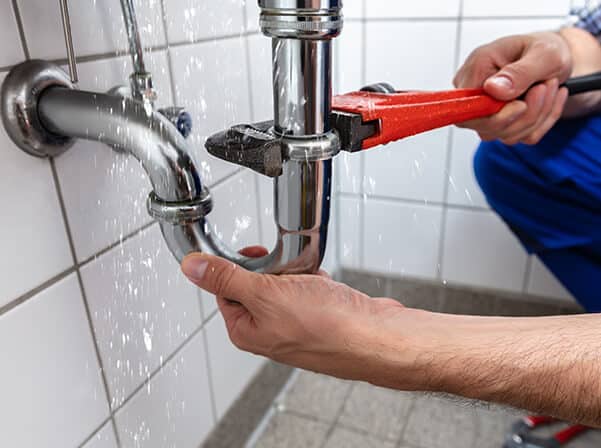
2. Plumbing Leaks and Poor Waterproofing
A hidden plumbing leak under your home can be just as dangerous as a storm. These leaks saturate the soil beneath your foundation, leading to erosion and instability. In basements and crawl spaces, inadequate waterproofing compounds the issue by allowing moisture to persist, creating the perfect environment for mold and rot.
3. Poor Soil Conditions
The type of soil beneath your home has a huge impact on your foundation’s stability. Soil isn’t just the ground you walk on, it’s a dynamic material that reacts to moisture, pressure, and temperature changes.
a. Expansive Soils (Clay)
Clay soils are especially problematic because they absorb water and expand significantly. When they dry out, they shrink. This cycle can exert thousands of pounds of pressure on foundation walls and footings, leading to cracks and uneven settlement.
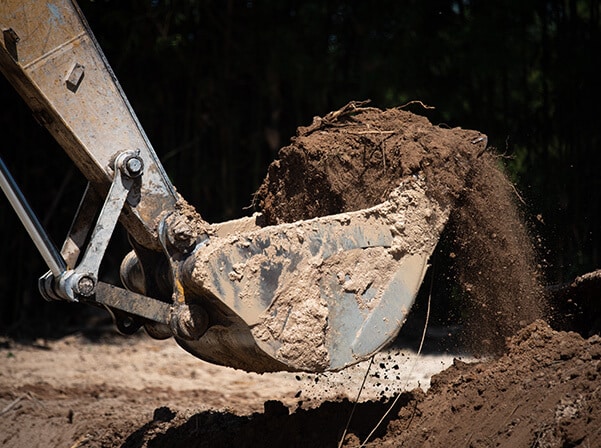
b. Poorly Compacted Fill Soil
In many construction projects, builders use fill soil to level the ground before pouring a foundation. If this soil isn’t compacted properly, it will compress over time under the weight of the structure. This causes the foundation to settle unevenly, resulting in structural problems like wall cracks and sagging floors.
c. Silt and Loose Soil
Silty soils have poor drainage and are highly susceptible to erosion. Loose soils, such as those found in riverbeds or coastal areas, may shift unexpectedly under pressure. Without proper stabilization, these soils can quickly undermine your foundation’s support.
Professional soil testing and site prep are essential before construction. For existing homes, soil analysis can help diagnose why a foundation is moving and guide the right repair strategy.
4. Tree Roots and Vegetation
Trees are beautiful and beneficial for shade, but they can also be a hidden threat to your foundation. What you see above ground is just a fraction of what’s happening beneath the surface.
a. Root Growth and Soil Displacement
Tree roots naturally seek out moisture in the soil. If your foundation has a slow leak or consistently damp soil, it becomes a target for root systems. As roots grow, they can displace soil around and under your foundation, which contributes to shifting or cracking.
In some cases, roots can even penetrate cracks in a concrete foundation or push against basement walls, widening existing structural flaws.
b. Soil Dehydration from Vegetation
During dry periods, trees and large shrubs pull moisture out of the soil through their roots. This soil dehydration causes shrinkage, especially in clay-rich soils. As the soil contracts, voids can form beneath your foundation, causing it to settle unevenly.
This is especially common near older trees with wide root systems or in drought-prone regions where trees compete for every drop of moisture.
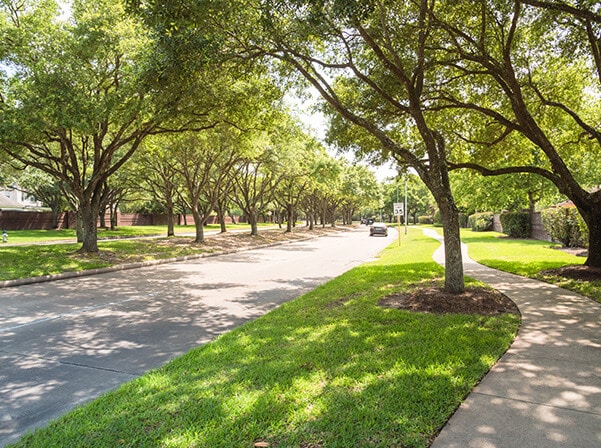
c. Best Practices for Landscaping
To protect your foundation:
- Avoid planting large trees within 20–30 feet of your home.
- Use root barriers to direct growth away from the foundation.
- Keep landscape irrigation controlled and avoid overwatering near the house.
Working with a foundation specialist and an arborist can help develop a plan that protects both your home and your landscaping.
5. Poor Construction Practices
Some foundations are doomed from the start. Shoddy workmanship, poor site preparation, and skipping compaction testing can all lead to structural problems down the line. If a foundation isn't built with adequate reinforcement, or if concrete is poured incorrectly, it becomes more susceptible to cracking, shifting, and deterioration.
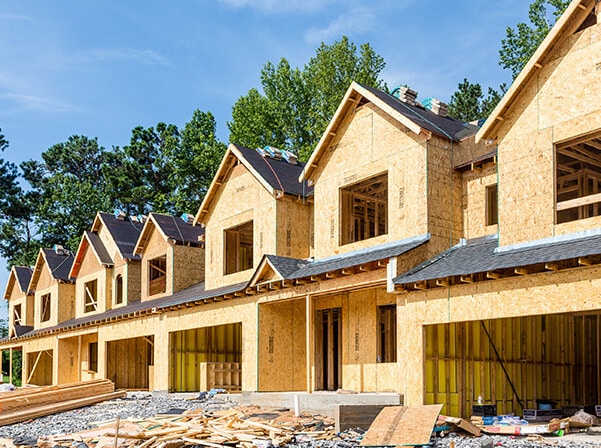
6. Natural Disasters
Flooding, earthquakes, and even excessive drought can all contribute to foundation damage.
- Earthquakes create lateral forces that foundations aren’t always built to withstand.
- Flooding saturates the soil, reducing its load-bearing capacity.
- Droughts dry out expansive soils, leading to shrinkage and cracking.
Even if your home is far from a fault line, weather-related ground movement is a real and increasing concern.
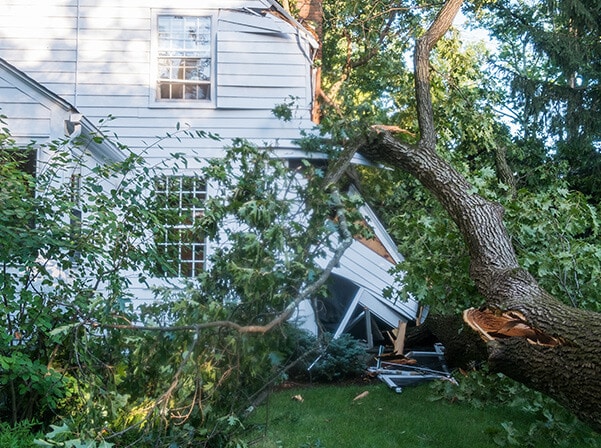
7. Subsurface Drainage Failure
This is one of the most under-recognized causes of foundation damage and one of the most preventable.
a. Why Subsurface Water is Dangerous
When water flows underground, especially after storms or snowmelt, it can build up around and beneath your home. This hidden water applies hydrostatic and uplift pressure, increasing the risk of:
- Foundation cracks
- Heaving (upward movement of concrete slabs)
- Settlement from soil erosion
- Rot and mold in crawl spaces or basements
The Oroville Spillway disaster provides an example of how water trapped under a structure can cause failure. In that case, drain pipes embedded in concrete reduced the structure’s thickness, creating stress points and leading to cracks. The same type of mistake in residential drainage design, such as improperly placed or undersized drain pipes, can result in similar problems at a smaller scale.
b. Why French Drains (and Similar Systems) Matter
French drains are a proven method for redirecting subsurface water away from your foundation. But not all French drains are created equal. If installed incorrectly, they can:
- Clog with soil particles, especially if there's no filter fabric or proper backfill.
- Fail to relieve pressure if the pipe isn’t positioned at the right depth or angle.
- Cause erosion if the drain carries soil along with the water—leading to voids or sinkholes.
A well-designed system includes:
- A perforated pipe installed with holes facing down.
- Clean gravel backfill.
- Filter fabric to prevent soil intrusion.
- Proper slope for water to flow by gravity to an outlet or sump pump.
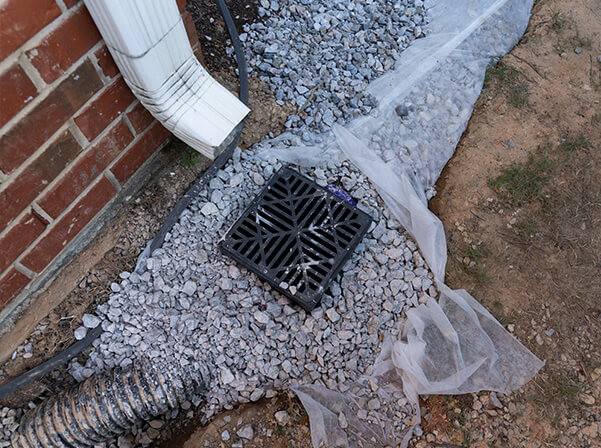
c. When to Call a Professional
Signs of drainage failure include standing water near the foundation, persistent dampness in the basement or crawl space, or unexplained cracks in floors and walls. If you suspect a problem, a foundation expert can assess the drainage system, inspect for underlying erosion, and recommend a long-term fix that protects your home from further damage.
Secure Your Foundation with Trusted Solutions
If you’ve noticed signs of foundation damage or simply want peace of mind, don’t wait for the problem to get worse. At Foundation Solutions Group, we specialize in identifying the root causes of foundation issues and providing long-lasting, professional repairs.
Our expert team will perform a thorough inspection and develop a custom solution tailored to your home. Contact us today to schedule your free foundation evaluation and take the first step toward protecting your most important investment.
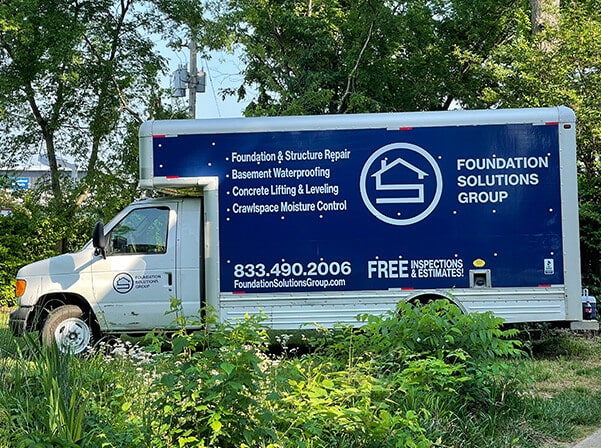

Written By Shaun Miller, Owner Foundation Solutions Group
Shaun Miller is the owner of Foundation Solutions Group, a trusted foundation repair and waterproofing company serving South Central Kentucky and Middle Tennessee. With over 20 years of experience, Shaun is committed to delivering quality craftsmanship and ensuring that every project is done right the first time, backed by the company’s “Fix-It-Forever Guarantee.” Passionate about educating homeowners, Shaun leads the company’s "Solutions University" initiative to help clients protect their homes through knowledge and preventative care. Dedicated to his community, Shaun also supports local organizations and values the trust his customers place in him.

